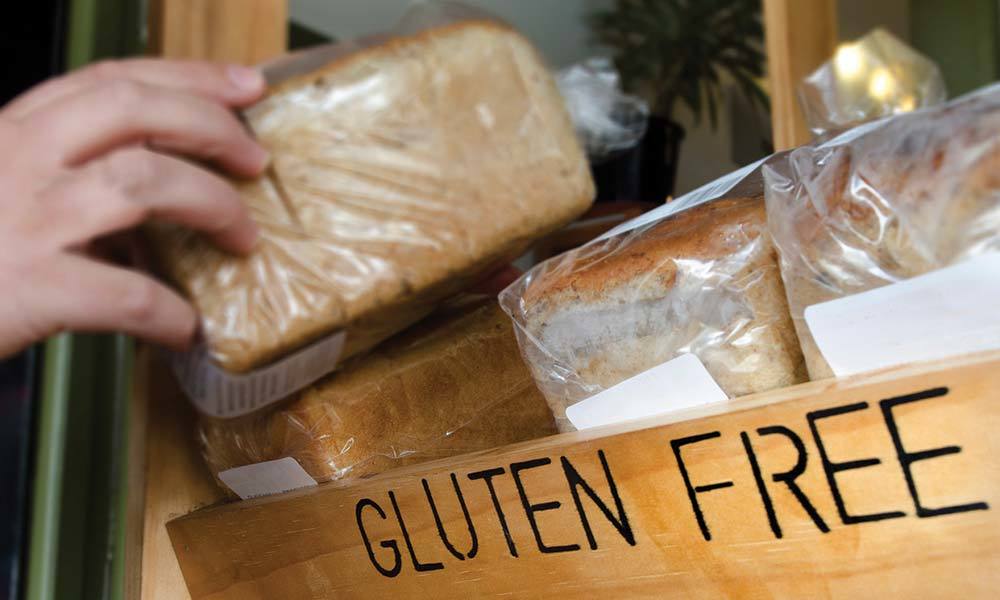
Celiac Disease is Not a Choice to be Gluten-Free
While many choose to participate in the current food trend of eating gluten-free, this dietary restriction is not a choice for those with celiac disease. Celiac disease is an autoimmune disease that can cause long-term problems for those who go undiagnosed and untreated. In fact, there are an estimated 2.5 million Americans today who have celiac disease but don’t know it. When you understand the symptoms and risks associated with celiac disease, you’ll be more likely to address it quickly and start feeling better.
What Is Celiac Disease?
Celiac disease occurs when your immune system attacks your small intestine as a result of eating gluten. This attack damages the villi—part of the tissue lining in your small intestine that helps absorb nutrients. Your body cannot get enough nutrients, and your intestine is unable to work correctly when the villi become damaged. This is why a gluten-free diet is so much more than a choice for those with celiac disease. It’s necessary for their body to function properly. We typically consider gluten to be found in bread and pasta, but gluten is a protein found in wheat, barley, and rye. Because of that, gluten can be found in various sauces, baked goods, ice creams, drinks, cheese dips, crackers, and even salads. It is crucial for those with celiac disease to read labels carefully.
The Symptoms of Celiac
While children experience digestive symptoms, most adults do not. This may be why so many adults in the United States remained undiagnosed. The symptoms do not necessarily indicate a problem in the small intestine. But, pay attention to these symptoms and contact your doctor if you experience more than one. Common symptoms for adults with celiac disease include unexplained iron-deficiency anemia, fatigue, arthritis, bone or joint pain, or bone loss. Others have depression or anxiety, peripheral neuropathy, liver or biliary tract infections, seizures, and migraines. Some women have recurrent miscarriages or infertility as a result of untreated celiac disease. Canker sores inside the mouth or an itchy skin rash are also common symptoms. The symptoms listed indicate undiagnosed or untreated celiac disease. The longer you wait to address celiac disease, the more likely you are to develop many of these long-term health problems.
Managing Celiac Disease
Celiac disease, although chronic, is completely manageable. The best course of treatment is to avoid gluten at all costs. While this may sound too restrictive, there are many delicious and healthy foods that are allowed in your diet. Cutting out gluten is a small price to pay to protect your overall health. Fill your plate with fruits, vegetables, meat and poultry, legumes, nuts, and dairy. Rice, corn, potatoes, quinoa, flax, chia, tapioca, millet, and beans are all naturally gluten-free grains or starches. If you are looking for a gluten-free substitute for many of your favorite items, you don’t have to go far.
Most local grocery stores carry gluten-free options for bread, snacks, sauces, and desserts. If you’re newly diagnosed with celiac disease, make sure you read your labels carefully, and make small adjustments to your regular diet as you start learning how to take care of your body. Many restaurants even have a gluten-free menu. Your new way of life doesn’t have to be restrictive. As you eat foods that don’t harm your body, you’ll begin feeling better and enjoying your new diet.
If you have questions about celiac disease or believe that you are at risk, make an appointment at Needham Gastroenterology Associates today.